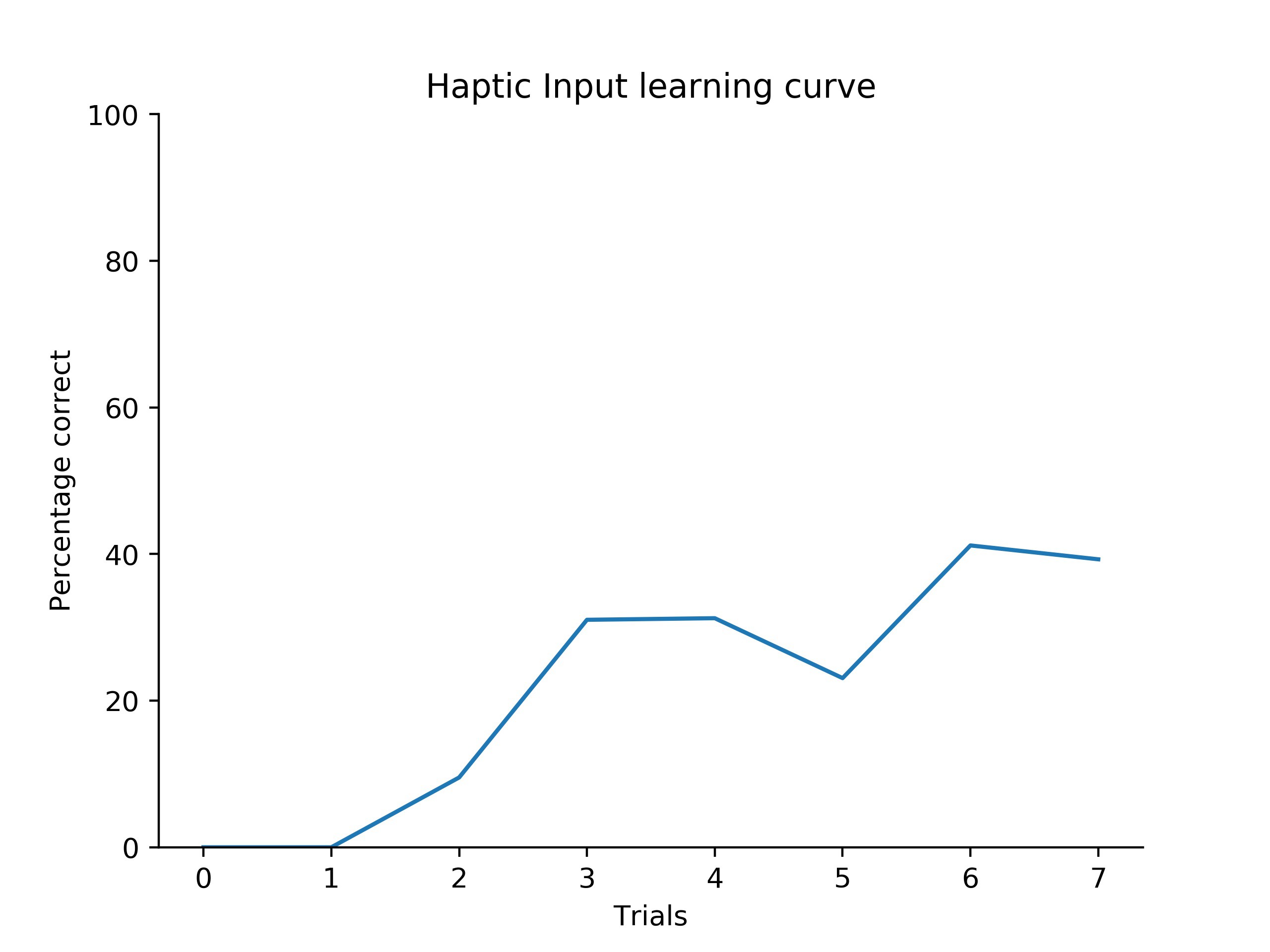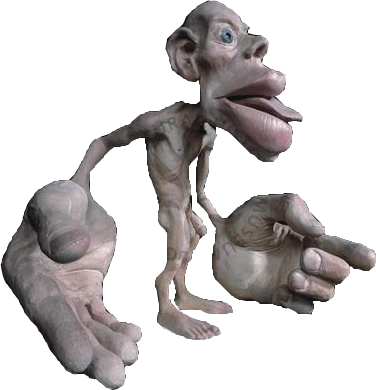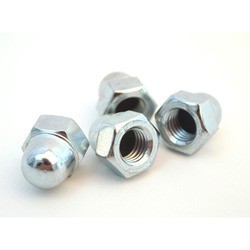-
Learning Haptic Input
09/03/2017 at 20:11 • 0 commentsHere I will document my learning curve. The number of correct interpretations of the patterns are tracked and I will regularly update the plot below.
![]()
I practices a little bit less than I had hoped, but even with so few trials I am happy with the improvement. It must be said that each trial lasted about 10 minutes and had on average just 20 different patterns.
-
Technical considerations
09/02/2017 at 11:55 • 0 commentsSize and shape:
The current implementation of the Haptic Input device is more a proof-of-principle that a handy wearable. The actuators in the frame are quite bulky and heavy, and the relay board is also quite big. However, one of the biggest problems is that the device gets very hot after ~10 minutes. I think there is a design flaw with the power supply. The actuators are just coils and I think that if they are activated they draw as much power as possible. Because the current power supply can deliver up to 10 Ampere, this is a lot of energy. Maybe it is better to use a lower Amperage. but take in consideration that there should still be enough energy to push into the skin.
Future versions:
Next versions should be a lot smaller and lighter. I can see two ways of doing this.
One is to use a flexible patch made out of some silicon rubber that can be glued onto the skin. In the patch channels should be made and connected to a grid of cavities. Using air pressure individual cavities can be inflated to generate the input patterns.
Another option is to use electricity directly to stimulate the skin receptors directly without touch. This should make the device a lot simpler and smaller. A 12V battery should be sufficient to power the device and stimulate the skin.
-
Biological considerations
09/02/2017 at 11:44 • 0 commentsPlaying around with the Haptic Input device taught me a couple of things that are important for efficient Haptic Input.
Body:Our skin has different neurons that sense different modalities of touch. We have mechanorecpetors for touch and vibrations, nociceptors for pain and thermoreceptors for temperature. However, the density of the receptors is not the same for every piece of skin of our body. The lips have the highest density, followed by the hands and the rest of the body has quite a poor sensory density. A good illustration is the sensory homunculus:
![]()
In this drawing the body parts are sized relative to the density of the receptors. It is clear that the face and the hands have the highest density. What this means is that if you are touched by two points they can be much closer to each other on the hands and lips for you to be able to distinguish them, compared to other points of the body.
For the Haptic Input devide it is very important that you can distinguish the individual points. Therefore, the points need to be sufficiently far apart. I found that for the arms and legs about 2cm is sufficient for this, but that closer to each other is doable after some learning. I choose a distance of 15mm to keep the machine compact.
Stimuly:
First I used the actuators with the domed nut:
![]()
However, because the surface is so smooth, it was hard to feel them. When I took them off and used the bare rod, it was much easier to feel them. Possibly also because it hurts a little bit, so that also the pain receptors are activated.
Plasticity:
The Brain is quite plastic and therefore it is possible to re-purpose some parts of your body. I think that if you place the Haptic Input device always on the exact same place on your skin, your brain will learn that a certain patch of skin is connected to one of the positions of the device. For example, if you are teaching yourself binary with the Haptic Input device and you place it always in the same manner. Your brain will start to associate a certain group of receptors with the corresponding number.
When teaching myself binary Haptic Input, I usually have to explicitly calculate the number from the binary pattern, but sometimes I just know the number without doing that. I think that my brain is learning to associate certain patterns with certain numbers. Further learning to "read" these patterns will show if I can actually connect the patterns to numbers without doing the arithmetic of converting binary to numbers.
 Lars Borm
Lars Borm

